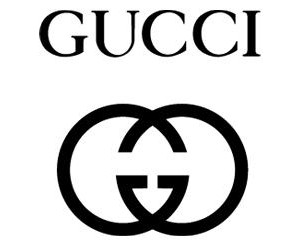YOU CAN Connect with me at Twitter Will you? 🙂
 Founded in 1833 as an import business to sell sea shells to British collectors, Shell has enjoyed a long history as one of the worlds largest oil and gas companies to the point where it is considered one of the six main major powers in the world of energy. How it got to that point, however, is a story that doesn’t start out in the first place you would expect, but has several unintended consequences and puts an environmental feel to an energy company.
Founded in 1833 as an import business to sell sea shells to British collectors, Shell has enjoyed a long history as one of the worlds largest oil and gas companies to the point where it is considered one of the six main major powers in the world of energy. How it got to that point, however, is a story that doesn’t start out in the first place you would expect, but has several unintended consequences and puts an environmental feel to an energy company.
Shell Logo History
Even though the logo was first used long after the company had drifted away from harvesting and selling sea shells, it still maintained the use of a shell—in the first case, a mussel shell—in keeping with its name. While the design was distinct, it was not the easiest shape in the world to draw, and in 1907 the logo moved from the mussel to the “pectin” shell and from a side view to a top-down view.
The design went through several iterations, and in 1915 added the trademark yellow-with-red-borders. Why those colors were chosen does not result in a single answer. One view is that the tin ships initially used to transport kerosine to the Far East were painted red. Another view is that the companies links to Spain inspired the red-and-gold scheme, and that they needed a color to stand out in California that would have a recognizable feel to them. In either case, or perhaps in both, they certainly stood out and have remained Shell’s colors for nearly a century.
The last major revision of the logo occurred in 1971 by Raymond Loewy, a very prominent 20th century industrial designer. Loewy simplified the logo even further by erasing the internal V at the bottom of the design. This gave the shell logo a simplistic feel even though it by no means is a simple logo. While the design has undergone minor changes since then the core of the design—a simple sea shell with the name below—has remained constant since Loewy designed it.
Logo Characteristics
As stated above, like most successful logos it seems a simple enough design when first viewed. This is something that the viewer does not have to concentrate on to remember. The companies name, located at the bottom of the logo, is also simple yet striking. The border of the design, while strong, does not overwhelm the design itself. And the shell, while maybe not intentionally drawn up that way, gives an environmentally friendly feel to the company, something which will come in handy as environmental issues become more front and center in the minds of the consumer.
Shell Logo Analysis
Shell’s logo is a simple design that speaks to tradition while at the same time allowing for growth and expansion in areas which it may not be seen as involved in right now. These characteristics have made the Shell a recognizable design in a world of global, economic superpowers who provide the product that turns the wheels of industry.



